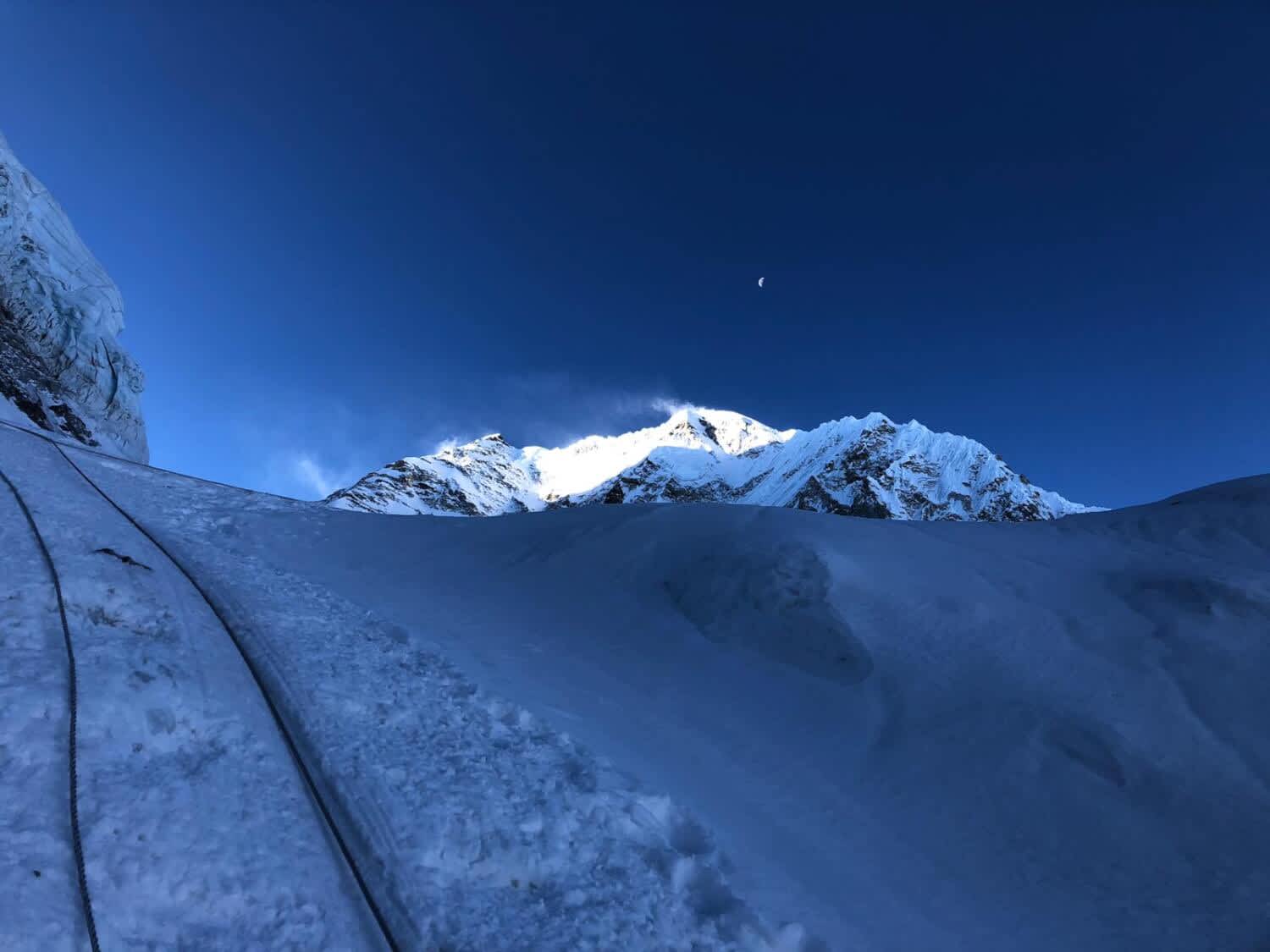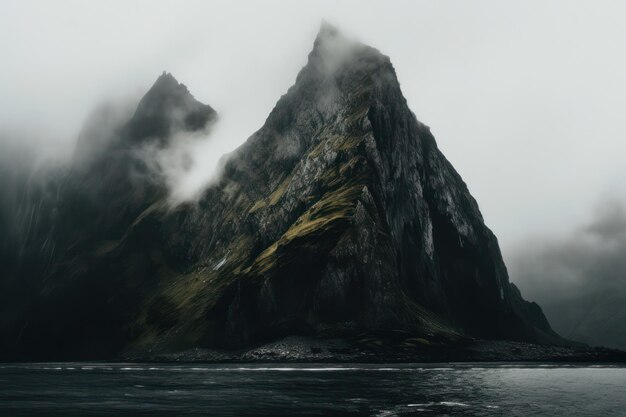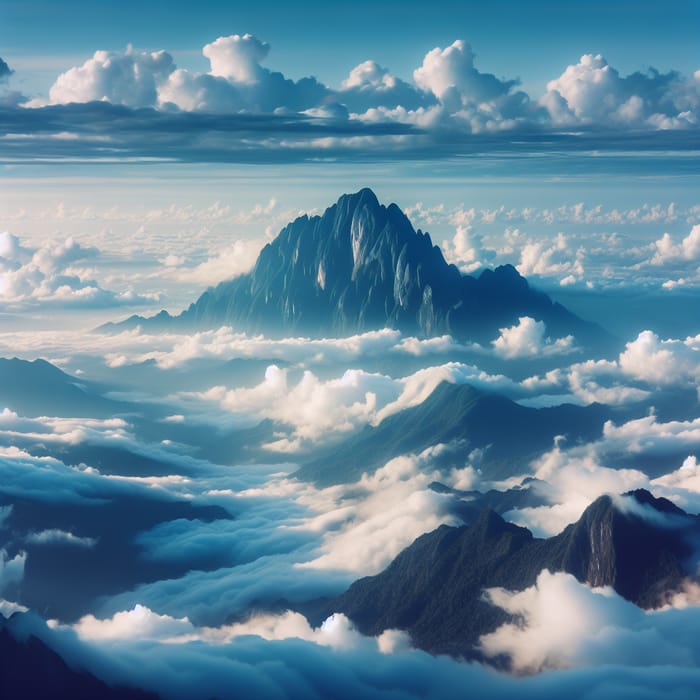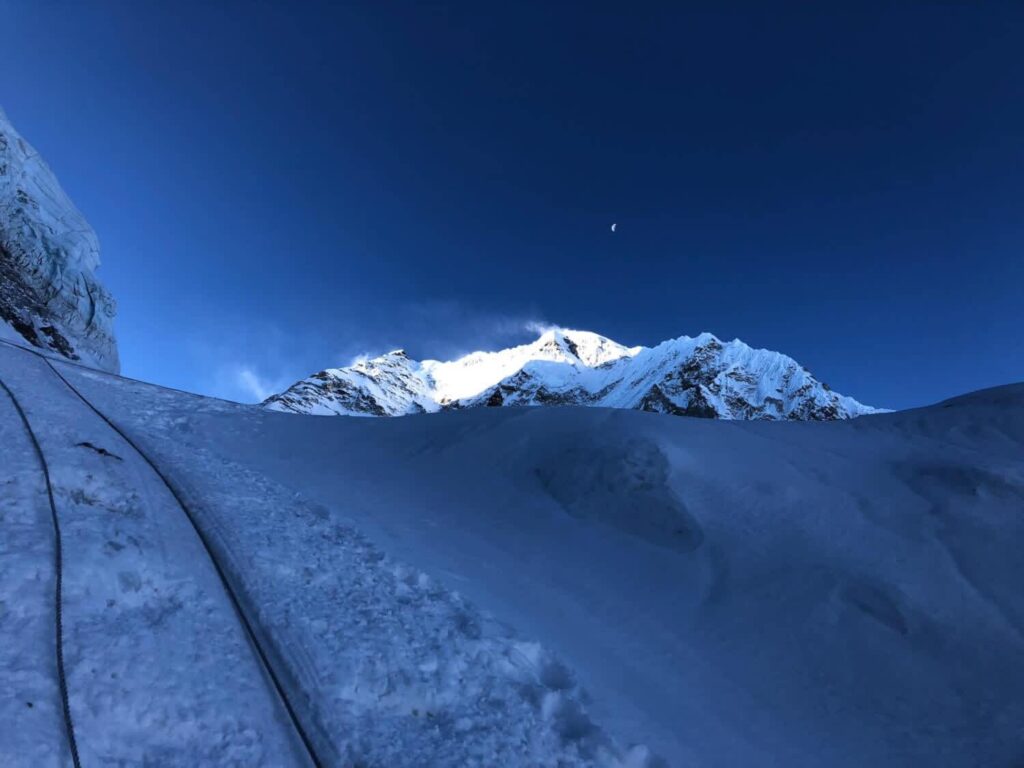Your cart is currently empty!
The Serene Beauty of Mountain Peaks

Exploring the majestic charm of mountain peaks can transport you to a serene realm where nature’s grandeur unfolds before your eyes. In this article, you will discover the allure of these towering giants and the tranquility they offer to those who seek solace in their shadows. Join us on a journey through the rugged slopes and breathtaking vistas that define the beauty of mountains. Let’s embark on a visual expedition to unravel the mysteries and marvels that make these peaks so captivating.
The Serene Beauty of Mountain Peaks

Discovering the Majesty of Mountain Peaks
You are about to embark on a journey of discovery and awe. As you stand at the base of a mountain, its towering peak reaching towards the sky, you cannot help but be captivated by the serene beauty that surrounds you. The world of mountain peaks is a place of wonder, where nature’s grandeur is on full display. Let us delve into the majesty of mountain peaks and uncover the secrets they hold.
The Formation of Mountain Peaks
Mountains are the result of tectonic forces at work beneath the Earth’s surface. The collision of tectonic plates causes the land to fold and uplift, giving rise to the majestic peaks we see today. Over millions of years, the forces of erosion sculpted and shaped these mountains into the breathtaking landscapes we admire.
Types of Mountain Peaks
There are various types of mountain peaks, each with its unique characteristics.
- Fold Mountains: Formed by the folding of land layers due to tectonic forces.
- Fault-Block Mountains: Created by the movement of large blocks of the Earth’s crust along faults.
- Volcanic Mountains: Resulting from volcanic activity, with lava and ash building up over time.
- Dome Mountains: Formed by the uplift of a circular area of the Earth’s crust.
Each type of mountain peak offers a distinct geological story, adding to the diversity and allure of these natural wonders.
The Anatomy of a Mountain Peak
As you gaze up at a mountain peak, you may wonder about its various features and components. Let’s break down the anatomy of a mountain peak:
- Summit: The highest point of the mountain, offering panoramic views of the surrounding landscape.
- Slope: The inclined surface leading up to the summit, varying in steepness and challenging climbers.
- Base: The bottom of the mountain where its roots lie, anchoring it to the Earth’s surface.
- Ridge: A narrow, elevated strip along the summit, offering a challenging trek for adventurers.
- Glacier: Frozen rivers of ice that carve through the mountains, shaping the landscape over time.
- Valley: The low-lying area between mountain peaks, often carved by glaciers or streams.
Each part of a mountain peak contributes to its overall beauty and allure, inviting exploration and admiration.
The Majesty of Mountain Peaks
Mountain peaks have long captivated the human imagination, inspiring awe and reverence. Here are some reasons why mountain peaks hold such a special place in our hearts:
- Sense of Adventure: Climbing a mountain peak presents a thrilling challenge, pushing the limits of physical endurance and mental strength.
- Spiritual Connection: Many cultures view mountain peaks as sacred sites, connecting the Earth to the heavens and serving as places of worship and meditation.
- Breathtaking Views: Standing on a mountain peak offers a perspective like no other, with sweeping vistas stretching for miles in every direction.
- Ecological Importance: Mountain peaks are home to unique ecosystems and biodiversity, playing a crucial role in maintaining the balance of nature.
- Natural Beauty: The sheer grandeur and majesty of mountain peaks evoke a sense of wonder and appreciation for the natural world.
Whether you are an avid mountaineer or a casual nature lover, the allure of mountain peaks is impossible to resist.
Famous Mountain Peaks Around the World
The world is home to a diverse array of mountain peaks, each with its unique charm and allure. Here are some of the most famous mountain peaks that have captured the imagination of people around the globe:
- Mount Everest: The highest mountain peak in the world, located in the Himalayas and a mecca for mountaineers seeking the ultimate challenge.
- Mount Kilimanjaro: Africa’s highest peak, known for its snow-capped summit and diverse ecosystems as climbers trek from the tropical base to the icy peak.
- Mount Fuji: An iconic symbol of Japan, with its perfectly symmetrical cone shape and cultural significance in Japanese art and literature.
- Matterhorn: Located on the border of Switzerland and Italy, known for its distinctive pyramid shape and challenging climbing routes.
- Denali: The highest peak in North America, located in Alaska and offering a remote and rugged climbing experience.
These mountain peaks showcase the remarkable diversity and beauty of our planet, inviting exploration and admiration.
Challenges of Climbing Mountain Peaks
While the allure of mountain peaks is undeniable, climbing them presents a host of challenges and risks. Here are some of the obstacles that climbers may face when ascending a mountain peak:
- Extreme Weather: Mountain peaks are subject to unpredictable weather conditions, including blizzards, high winds, and freezing temperatures.
- Altitude Sickness: As climbers ascend to higher altitudes, the reduced oxygen levels can cause altitude sickness, with symptoms ranging from headaches to respiratory problems.
- Technical Difficulty: Climbing steep slopes, crossing glaciers, and navigating rocky terrain require technical climbing skills and experience.
- Physical Endurance: Climbing a mountain peak demands high levels of physical fitness and endurance, with long hours of exertion and strenuous activity.
- Safety Concerns: Rockfall, avalanches, and crevasses are among the hazards climbers must be aware of and prepared for during their ascent.
Despite these challenges, the rewards of reaching a mountain peak are unparalleled, offering a sense of accomplishment and connection with nature.
Preserving Mountain Peaks for Future Generations
As we appreciate the beauty and majesty of mountain peaks, it is essential to consider their conservation and preservation for future generations to enjoy. Here are some ways in which we can protect and safeguard mountain peaks:
- Sustainable Tourism: Encouraging responsible tourism practices that minimize the impact on mountain ecosystems and wildlife.
- Environmental Conservation: Supporting initiatives to protect mountain habitats, reduce pollution, and combat climate change to preserve the integrity of mountain peaks.
- Cultural Awareness: Respecting the cultural significance of mountain peaks to indigenous communities and promoting awareness of their heritage and traditions.
- Educational Programs: Providing opportunities for people to learn about the importance of mountain conservation and the value of preserving these natural treasures.
By taking proactive steps to conserve mountain peaks, we can ensure that future generations have the opportunity to experience the splendor and wonder of these magnificent landscapes.

Embracing the Beauty of Mountain Peaks
As you reflect on the serene beauty of mountain peaks, you are reminded of the incredible diversity and grandeur of the natural world. From the snow-capped peaks of the Himalayas to the rugged cliffs of the Andes, each mountain range tells a story of resilience, beauty, and wonder.
Take a moment to appreciate the majesty of mountain peaks, standing tall against the backdrop of the sky, and marvel at the forces of nature that have shaped these remarkable landscapes. Whether you are an avid adventurer or a casual observer, the allure of mountain peaks is undeniable, calling you to explore, discover, and embrace the beauty that surrounds you.
So go ahead, venture into the realm of mountain peaks, and immerse yourself in the breathtaking vistas, the awe-inspiring heights, and the profound sense of wonder that awaits you. As you journey through the mountains, may you find peace, inspiration, and a connection to the true essence of nature’s beauty.
